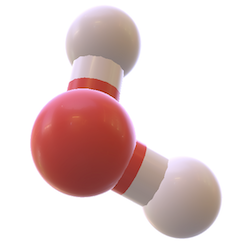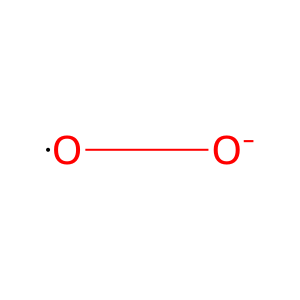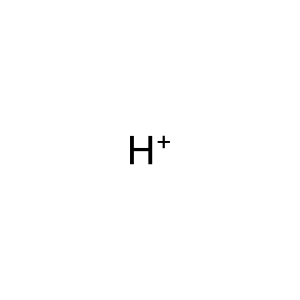Reaction: Superoxide anion dismutates to H2O2
- in pathway: ROS and RNS production in phagocytes
Within the phagosome, two superoxide anions (O2.-) can react with each other and two H+ molecules to form oxygen and hydrogen peroxide (H2O2)(Root RK & Metcalf JA 1977; Fridovich I 1978; Johnston RB Jr et al. 1975; Rada B & Leto TL 2008; Winterbourn CC & Kettle AJ 2013). This dismutation of superoxide can occur spontaneously and is faster at lower pH. Unlike superoxide anion, which is short-lived and local in its effect, hydrogen peroxide is longer-lasting and membrane-permeable, so it can diffuse away from the site of production. H2O2 can react with a limited range of biocompounds, but the derivatives of H2O2 such as hydroxyl radical are far more reactive.
Reaction - small molecule participants:
H2O2 [phagocytic vesicle lumen]
O2.- [phagocytic vesicle lumen]
H+ [phagocytic vesicle lumen]
Reactome.org reaction link: R-HSA-6788975
======
Reaction input - small molecules:
superoxide
hydron
Reaction output - small molecules:
hydrogen peroxide
Reactome.org link: R-HSA-6788975



